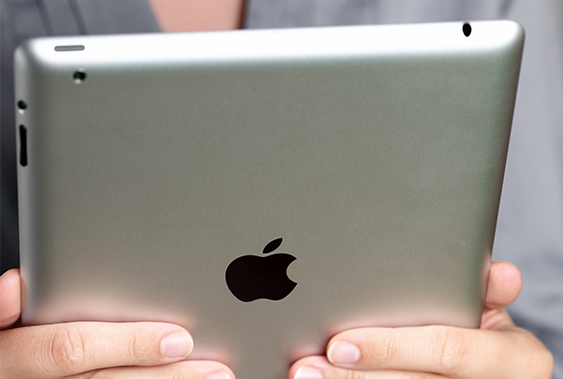TeleNursing Starts Strong at Houston Methodist
First six months yields wins in quality, efficiency and patient satisfaction
Last summer, Houston Methodist successfully launched TeleNursing on select units. Necessity drove innovation at a time when HM was searching for ways to support nurses after a wave of tenured nurses began leaving the workforce. “We felt the nationwide nursing shortage pre-pandemic, so we knew we had to evolve and work differently,” said Gail Vozzella, senior vice president and chief executive nurse. “We asked ourselves, how can we use technology to offload some of the workload on our bedside nurses so they can focus on the tasks only they can do?”
Virtual visits and our virtual intensive care unit had been in place for several years, expanding from supporting 78 doctors practicing telemedicine in 2019 to more than 1,500 by the end of 2022. The experience paved the way for supporting bedside nurses at HM. Since last July, on select units, experienced nurses who are working remotely connect with patients via video chat to handle admissions and discharges. In its first six months, telenursing has scored wins by freeing up time for bedside nurses, improving documentation completion and increasing patient satisfaction.
Uninterrupted attention
Using iPads equipped with cameras, bedside nurses introduce our patients to a TeleNurse who collects their information. “Even though our interactions are over video chat, patients have told me they don’t feel it is a robotic, chatbot kind of experience,” said Suzane Nguyen, a TeleNurse who started her nursing career with HM in 2012. “They say it feels more personal because someone’s taking time to go through the steps with them without being interrupted.”

Helpful handoffs
So far, the program has uncovered some exciting early successes. “We discovered that while it takes a floor nurse an average of 25 minutes to discharge a patient, a TeleNurse averages about 14 minutes,” said Steve Klahn, virtual medicine – inpatient clinical director. “That’s because the TeleNurse is not being called out of the room to attend to other patients. With the TeleNurse, we’re not only discharging the patient faster, we’re also giving that bedside nurse time back.”
Cardytrius Hamm, a nurse assigned to Walter Tower at Houston Methodist Hospital, agrees. “The time saved is just outstanding,” he said. “Once I’ve assessed my patient, I log in to the app, leave things to the telenurse and I’m free to help my other patients with their needs. It’s a team effort.”
More developed documentation
TeleNursing has also impacted our quality metrics with these rewards:
- Increasing completion of dietary needs, documented at admission, went from 60-70% to 95%.
- Improving overall malnutrition screening completion rates by 28%.
- Preoperative paperwork is 25% more complete than before.

Spreading systemwide
The pilot program has grown from four nursing units at HMH to 12 units, with an additional three units now in place at Houston Methodist Willowbrook Hospital, two units at Houston Methodist The Woodlands Hospital, two units at Houston Methodist West Hospital and one unit at Houston Methodist Baytown. Other hospitals are coming to HM to learn about our TeleNursing solutions to take back to their facilities. “We weren’t the first in the country to use TeleNursing, but we’ve gotten a lot of things right so far,” Vozzella said. “As with anything at Houston Methodist, we’re going to figure out how to do it with excellence.”
